Embracing the Spirit of Navratri: A Nine-Day Celebration of Divine Feminine Energy
Navratri, a festival deeply rooted in Indian tradition, spans nine days and celebrates the various forms of Goddess Durga. This vibrant festival, observed with devotion and enthusiasm, is a beautiful blend of cultural rituals, spiritual practices, and communal celebrations. Each day of Navratri is dedicated to a different aspect of the goddess, reflecting her multifaceted nature and the power of femininity.
Day 1: Shailaputri
The festival begins with the worship of Shailaputri, the daughter of the mountains. Symbolizing strength and stability, she represents the power of nature. On this day, devotees often wear shades of white and engage in rituals to invoke courage and resilience.

Day 2: Brahmacharini
The second day is dedicated to Brahmacharini, who embodies purity and devotion. She represents the ascetic path and self-discipline. Devotees pray for wisdom and spiritual growth, often lighting candles and participating in morning prayers.
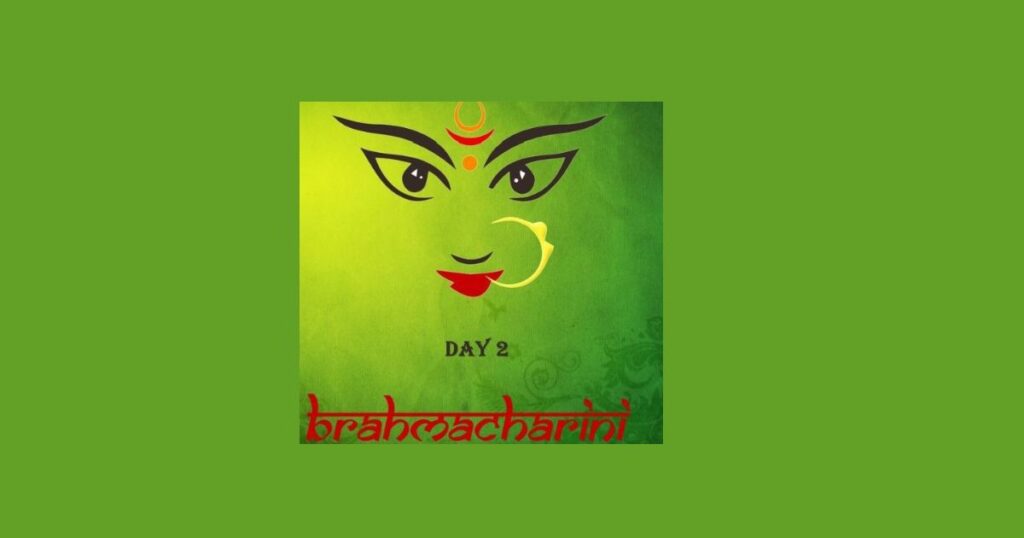
Day 3: Chandraghanta
Chandraghanta, the third form of Durga, symbolizes bravery and valor. With her bell-shaped crown, she brings peace and prosperity. People celebrate this day with vibrant dances and joyful gatherings, seeking her blessings for triumph over challenges.
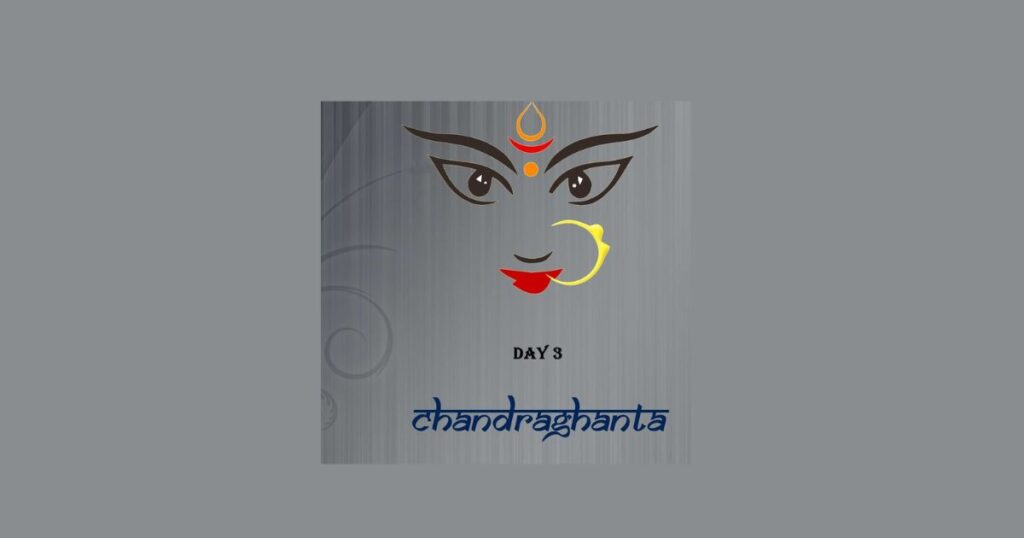
Day 4: Kushmanda
On the fourth day, devotees honor Kushmanda, the creator of the universe. She is associated with energy and prosperity. This day often features festive decorations, music, and dance, reflecting the joy of creation and abundance.
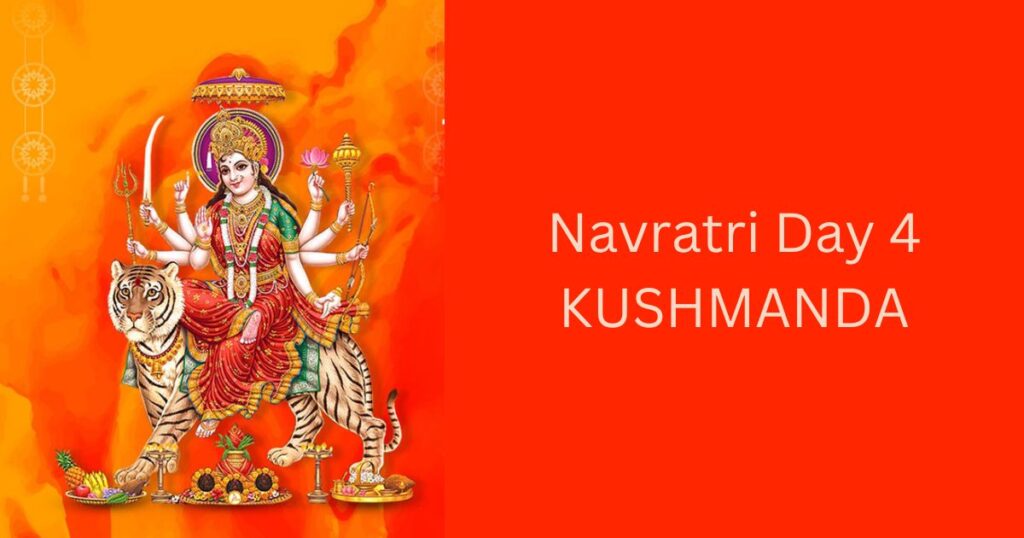
Day 5: Skandamata
The fifth day is dedicated to Skandamata, the mother of Kartikeya. She represents maternal love and compassion. Devotees celebrate by expressing gratitude for family bonds, often gathering for feasts and sharing stories.

Day 6: Katyayani
Katyayani, known for her fierce nature, is worshipped on the sixth day. She represents the warrior spirit and the strength to overcome adversities. This day often involves communal prayers and acts of service, reinforcing the spirit of unity and strength.
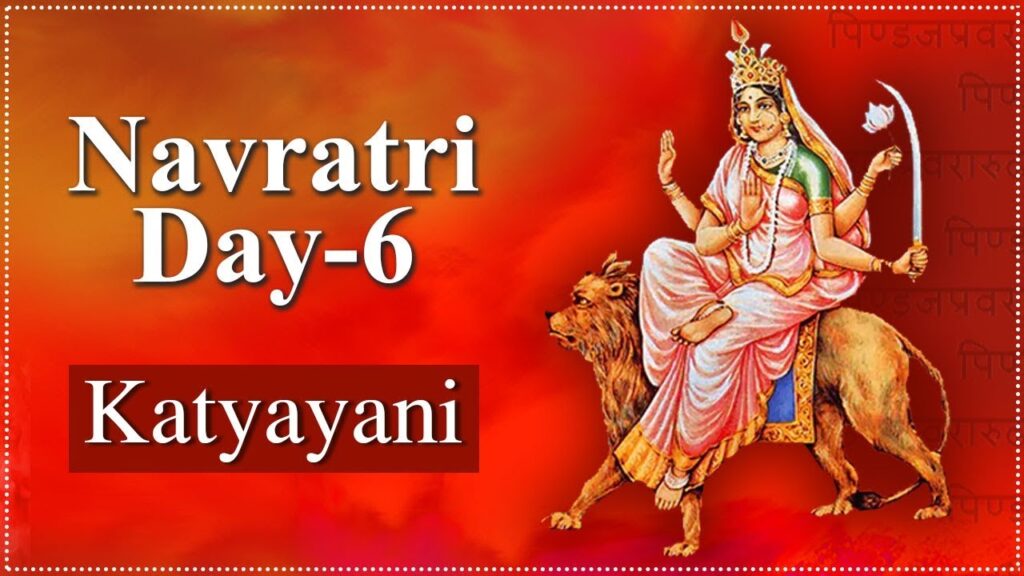
Day 7: Kalaratri
The seventh day honors Kalaratri, the dark goddess who symbolizes the removal of ignorance and negativity. Devotees seek her protection and light through prayers and rituals, emphasizing the victory of light over darkness.
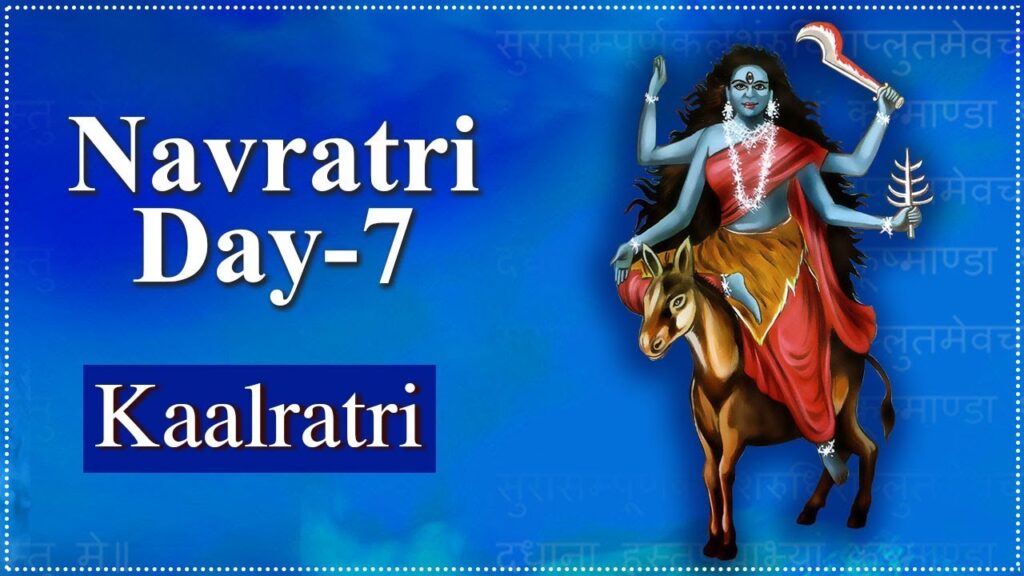
Day 8: Mahagauri
Mahagauri, the embodiment of purity and peace, is celebrated on the eighth day. Devotees often engage in cultural performances and community feasts, symbolizing harmony and togetherness.
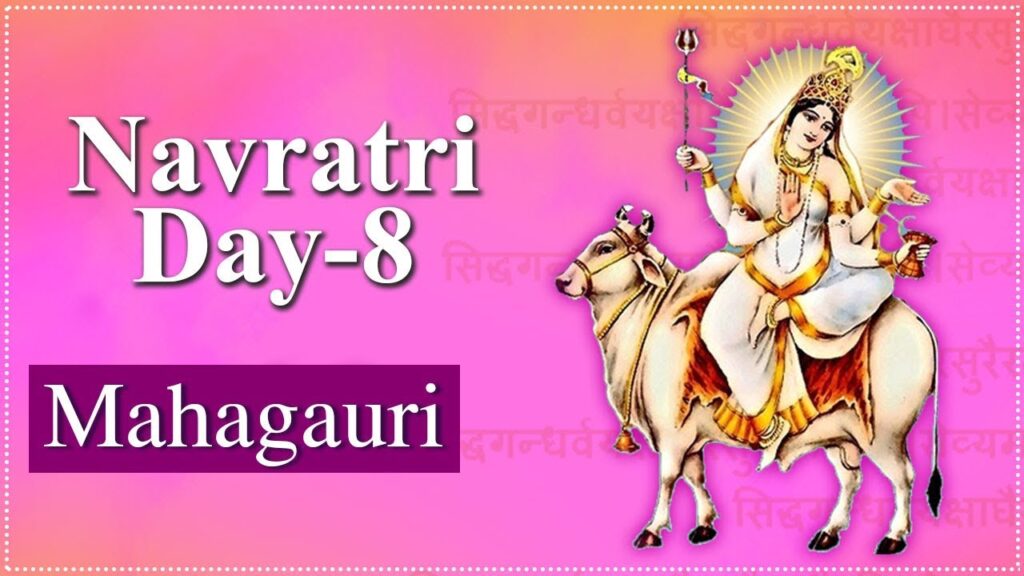
Day 9: Siddhidhatri
The festival culminates on the ninth day with the worship of Siddhidhatri, the goddess of fulfillment. This day is a time for reflection and gratitude as devotees express their hopes for prosperity and well-being in the coming year.

Conclusion
Navratri is a festival that transcends mere celebration; it’s a profound journey of devotion, strength, and community. Each day brings a unique theme and energy, allowing individuals to connect deeply with the divine feminine. From colorful Garba dances to intricate prayers, the spirit of Navratri unites people in love, faith, and joy. Whether through rituals or community celebrations, this festival reminds us of the power of femininity and the importance of embracing our inner strength.
